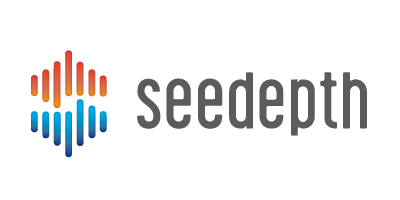
PR executives today really want to measure better and analyze their results. Sometimes there is hesitance that doing so may unveil less than fantastic insights – and then what? Fear not – understanding both what’s working – and what isn’t – can enhance your ability to not only prove your business impact and ROI, but to become a much better and more strategic PR team. So how can PR Analytics tools help? Here are five ways:
- Save Time and Money – while investing in an analytics platform and measurement team (which should go hand in hand, by the way) can seem costly up front, in the long run, they pay back in spades. Just like the early days of Sales CRM, PR Analytics software automates much of what PR teams still do manually. If you have a PR agency, for example, the measurement charges include having an executive comb through coverage to identify key values, score or classify the coverage, copy and paste URLs, review social analytics, create charts and calculate returns. As a client, your dollars are better spent on having the team work on securing the results – and automating the capture of those results with PR tech. Of course human analysis is still important for interpreting and presenting the data in a relevant way, but with a good platform, it’s less time intensive. If you’re a PR Agency, automating these manual tasks allows you to step away from Excel and PowerPoint and instantly produce measurement reports for clients, and in turn, spend more time on the actual PR work.
- Improve PR Performance – many PR executives are looking at PR measurement as a review method rather than a planning method. But PR analytics can help you set a benchmark for expected performance – and identify patterns of that success so you can repeat what’s working and pivot from what isn’t. When you identify patterns of timing, location, target, key messages and content output that result in high business impact of a campaign, you can plan around these elements with strategic purpose for future campaigns. Good analytics can help you identify a multitude of factors that contribute or take away from a campaign’s success, moving you from just an “experience-based” PR team to a “proven data-based” PR team.
- Retain and Win Clients – when an agency uses a PR Analytics tool to monitor campaign success, it’s much easier to point to ROI and build case studies quickly. You can easily create reports that show campaign strategy and results. When you consistently showcase to clients that your agency is a profit center – tying PR outcomes to leads or sales – and not just a cost center, they stay. When you can showcase high retention and data-based case studies on PR outcomes, not just outputs, you improve your chances of winning new clients. In addition, brands are continually looking for PR agencies that have solid data-based measurement and analytics tools in place.
- Maximize PR Investments – for brands, investment in PR can come in the form of hiring a PR agency or consultant, responding to HAROs, submitting awards and speaking opportunities, attending events, meeting with analysts, placing content in social channels and more. Which of these investments is returning a high yield to your organization and which is simply costing you marketing dollars with no ROI? Does work by the agency impact the bottom line more than other investments? Do speaking placements yield more leads than media coverage? Does one event increase brand awareness more than another and by how much relative to costs? Using a PR Analytics platform to track and analyze such investments can maximize your marketing budget today and help you plan more strategically for the future.
The good news is that with today’s landscape of new, smarter PR Tech tools, finding an analytics solution is affordable and easy. Don’t forget to assign a Data Scientist or Analytics Manager, however, to lead the charge. Too many times we see PR teams who think that just buying a tool is enough – it isn’t. You should have someone manage the team on how to intelligently and purposefully apply the data to meet your needs. It also helps to buy a platform from a provider that also has a Services Team to assist you with training, interpretation of data, presentation of reports and more.
Have you seen an increase in your PR performance as a result of implanting better PR analytics? We’d love to hear your experience.
